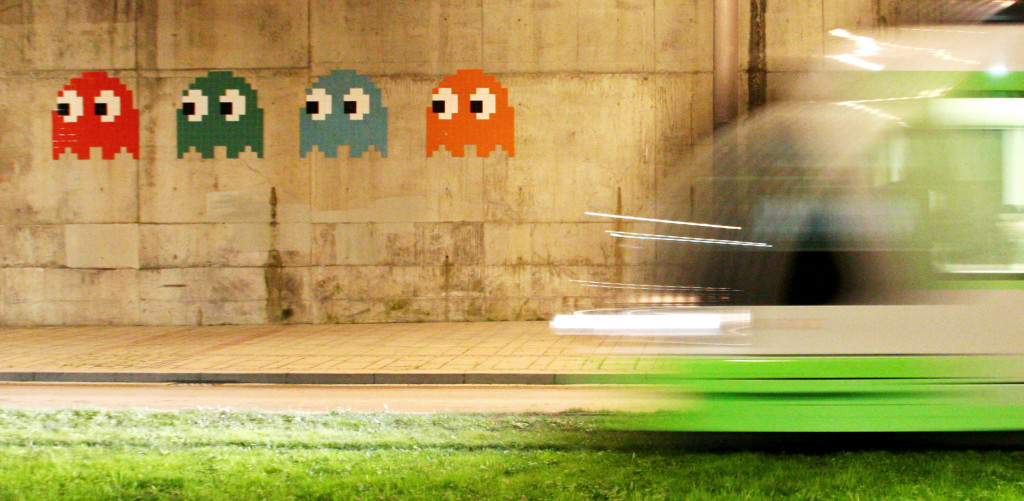
On Saturday, April the 26th, 2014, 10 pm (Central European Time, UTC+01:00).
In this (temporarily) last episode of Broken Error it’s time to look back in the 1990s, at the beginnings of Glitch music, Intelligent Dance Music, Clicks & Cuts and the forgotten Leftfield-genre named by the same called band.
Historical Bonustrack:
John Cage (September 5, 1912 – August 12, 1992) was an American composer, music theorist, writer and artist. A pioneer of indeterminacy in music, electroacoustic music, and non-standard use of musical instruments, Cage was one of the leading figures of the post-war avant-garde. Critics have lauded him as one of the most influential American composers of the 20th century.
Williams Mix (1951–1953) is a 4’15“ electronic composition by John Cage for eight simultaneously played independent quarter-inch magnetic tapes. The firstoctophonic music, the piece was created by Cage with the assistance of Earle Brown, Morton Feldman, and David Tudor, using a large number of tape sound sources and a paper score he created for the construction. „Presignifying the development of algorithmic composition, granular synthesis and sound diffusion,“ it was the third of five pieces completed in the Project for Music for Magnetic Tape (1951–1954), funded by dedicatee architect Paul Williams.
Tracklist
Twine – Low (1999)
Matmos – Electric Things # 5 (1997)
Oval – Textuell (1994)
Pole – Fliegen (1998)
Leftfield – A Final Hit (1996)
Console – Dolphin Dos (1998)
Mouse On Mars – Distroia (1999)
Autechre – Tewe (1997)
Squarepusher – Rustic Raver (1997)
Aphex Twin – Peek 82454520 (1996)
John Cage – Williams Mix (1951 -53)
Compiled and produced by Peter Wetzelsberger. Image by Invader (Creative Commons). All rights reserved.

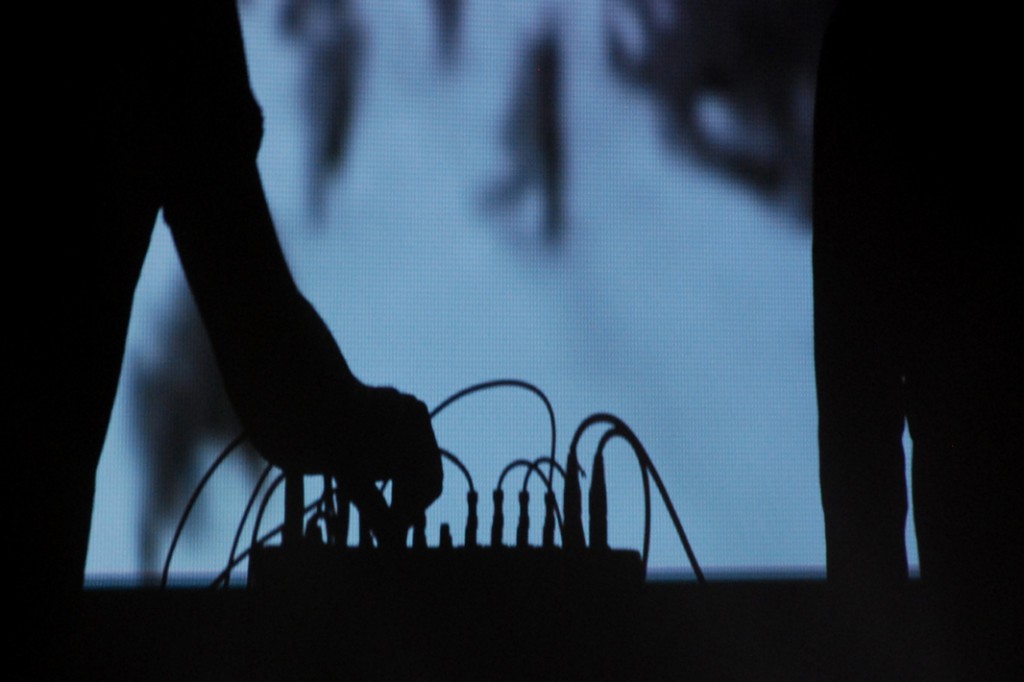

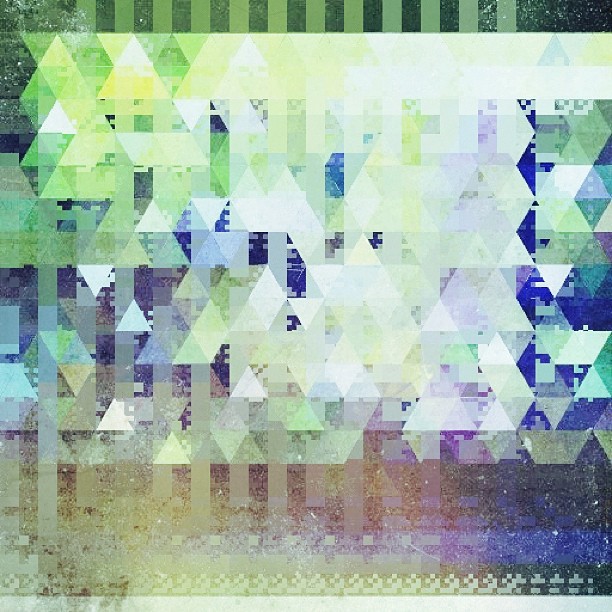
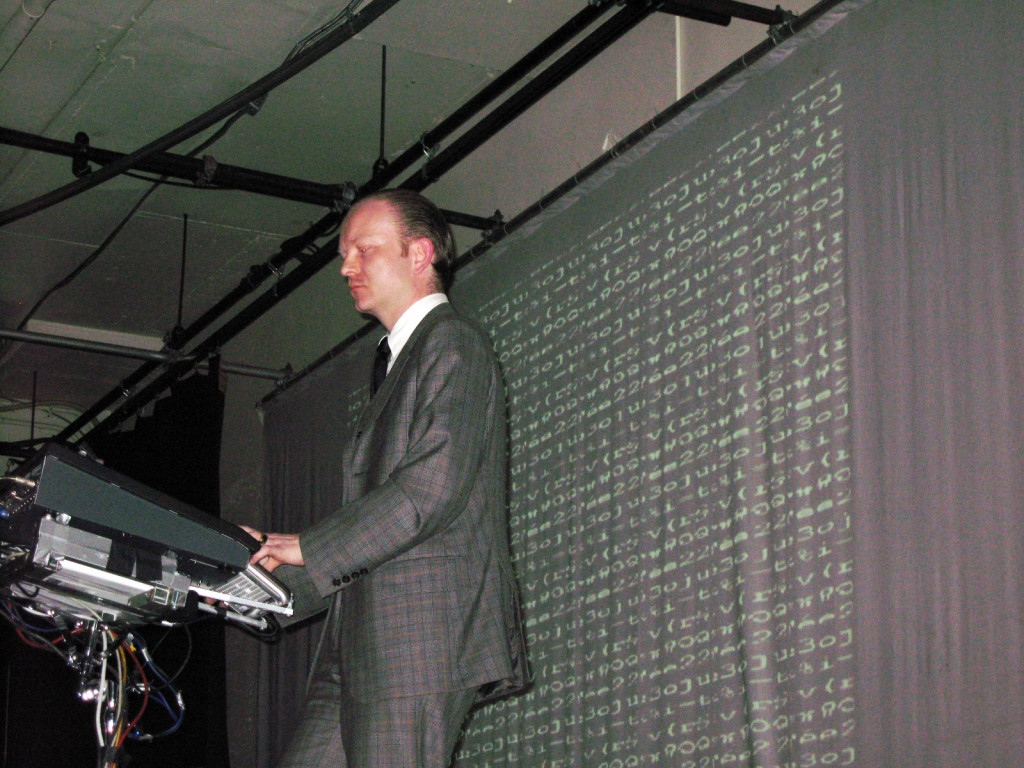


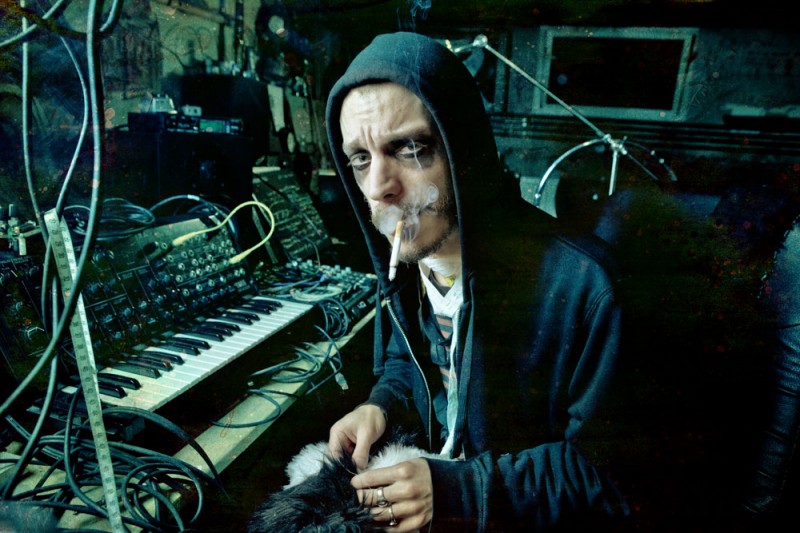
![alldogs[1]](https://blog.radiofabrik.at/brokenerror/files/2013/08/alldogs1.jpg)
